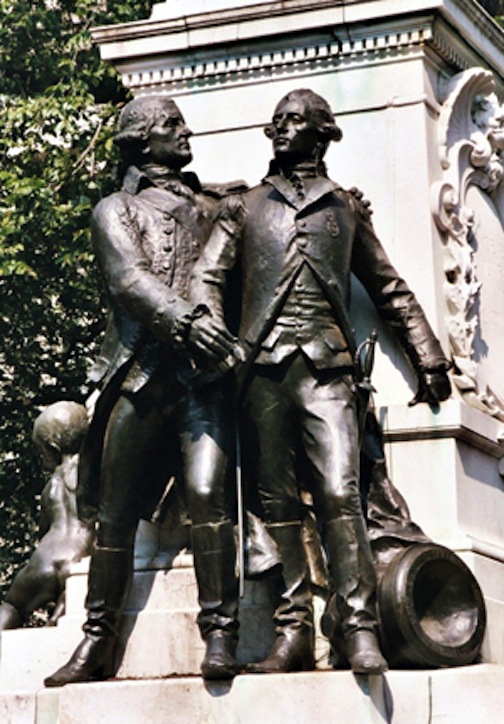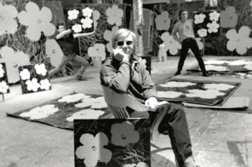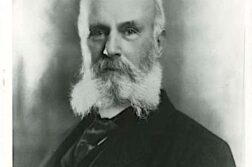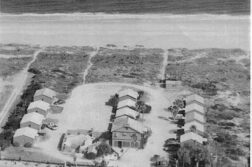PERHAPS no American icon has had more speculation raised (and dismissed) about his sexual orientation than Alexander Hamilton. This controversial Founding Father left behind an abundance of questions after dying a premature death following an ill-fated duel with political rival Aaron Burr. Hamilton’s story is one that cries out for re-examination and that may be ripe for revision.
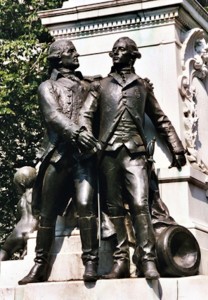
As was quite common for men of his social stature, Hamilton was a complex man of many talents. Soldier, economist, political philosopher, constitutional lawyer, secretary of the Treasury, leader of the Federalist Party, and founder of the U.S. Mint were just a few of the hats he wore. Hamilton’s climb toward political prominence was forged by his exemplary service in the Revolutionary War. Initially acting as an artillery officer, he later became the senior aide-de-camp to General George Washington. Hamilton again served Washington, now commander-in-chief of the U.S., in 1794 during the Whiskey Rebellion tax revolt, acting as the president’s closest military confidant. Three years later, he was unanimously named as Washington’s successor as commander of the new American Army, which was mobilizing for a possible war with France. Fortunately, the need for such a force was neutralized by the stubborn diplomacy of President John Adams.
It was while serving on Washington’s staff that Hamilton met John Laurens, the man with whom he had a relationship that has become the subject of much inquiry. Laurens was a successful soldier and statesman from South Carolina who gained approval from the Continental Congress in 1779 to recruit a regiment of 3,000 slaves by promising them freedom in return for fighting. Despite being married to Martha Manning, Laurens arrived in the colonies as a bachelor after leaving his wife behind in London. He joined the Continental Army and, following the Battle of Brandywine, was made an aide-de-camp to General Washington with the rank of lieutenant colonel. He also served with the Baron von Steuben (also rumored to be homosexual), doing reconnaissance at the outset of the Battle of Monmouth.


